Some would say flip phones are antique, out of style and simply obsolete — but for me, that’s the very appeal. From the horrible camera quality to their T9 keyboards, the seemingly outdated features of a flip phone actually offer an immense opportunity for me to take back my life and move away from mobile screens.
After doom scrolling until sunrise multiple nights a week and getting tangled up in my numerous electronic chargers plugged in by the foot of my bed, I decided to finally make the jump and abandon my iPhone for a Nokia 2780 flip phone. While it’s only been less than two months, I can confidently say my life has changed for the better.
The perks of being a member of Gen Z born in the digital age might seem exciting at first, but the downsides are finally catching up to me: lack of attention span, worse sleep and unnecessary reliance on the internet. Though the accessibility of smartphones has opened new doors in technology and efficiency, we risk losing valuable screen-free experiences, like face-to-face interactions, to our smartphone addictions. While my iPhone has allowed me to connect with friends and family all over the world, its waning battery life, deteriorating chargers and the pressure to keep up with new Apple products — especially with the fear of rising prices following the Trump administration’s tariffs — further encouraged me to do away with the technology giant, in search of something that brings me back to the physical world.
On top of my growing disappointment with my iPhone, I was also inspired by a group of flip phone teens in Brooklyn who founded the Luddite Club, which meets in Prospect Park every Sunday for phone-free hangouts: no texting, video chatting or social media posting allowed. To see members of Gen Z, a generation notorious for smartphone addiction, stress the importance of in-person, authentic interactions as a primary form of connection is powerful. I resonate with these teens’ pride in owning flip phones, as they prioritize face-to-face communication, despite others judging their green texts and lack of fancy phone features.
Since switching to my flip phone, I have noticed how much time I have on my hands without constantly staring at my phone. Now, I’m aware of all the times I otherwise would have been using it — from brief elevator rides to waiting for the subway, and even in the first seconds after waking up. New York City in particular is known for its fast-paced culture. Having a flip phone makes me proud to counteract that by simply sitting and doing nothing, achieving the quietness I craved while I was still an iPhone user.
Many of my friends and family have asked me why I made such a drastic switch, instead of just deleting social media off of my iPhone. But the reality is that smartphones themselves are designed to be addictive; social media apps, which encourage incessant scrolling and feigned social connections, simply fuel it. The constant stream of notifications — exacerbated by repeated alerts for the same message — conveniently lit up my phone screen, distracting me from studying, listening in class or simply just living in the moment. With a flip phone, not only do I no longer have social media apps, but I also am free of irrelevant notifications that trapped me in a swirl of digital rabbit holes.
Since smartphones allow us to contact anyone, read anything or watch any video within seconds, accessibility becomes a dangerous habit. The time that people spend watching or reading any individual piece of digital media is decreasing, as ads and clickbait headlines encourage us to hop around the digital landscape with just the tap of a screen. I was disappointed to learn that over 50% of Americans did not read a single book in 2022. Even worse, American children’s reading abilities have reached new lows, and I cannot help but blame smartphones for contributing to lowering attention spans and comprehension skills.
Though passionate about the flip phone life, I have experienced the difficulties that come with it. The biggest one is not having Spotify. My Nokia 2780 does have the option to download and purchase music, as well as radio, but nothing can compete with the personalized “daylist” that Spotify would generate for me every few hours. Having a flip phone as a student does have its downsides — my friends find its pixelated camera cute, but it isn’t helpful for taking good quality pictures or for scanning QR codes. The worst is when a professor asks the class to “pull out your phones” and join a Kahoot or another online activity. Those are the moments when being disconnected, when everyone else is connected, makes me feel excluded — a testament to our reliance on not just devices, but those with the most modern features.
Modern-day culture, in Manhattan particularly, encourages an on-the-go ideology, which goes hand-in-hand with a desire to keep ourselves constantly occupied, which often leads to us turning to our smartphones. This is why young adults like me, including members of the Luddite Club, have reverted to flip phones: to take back our lives and get back in touch with simplicity. Using my phone only for calling and text and my computer for everything else has given me the freedom to be fully present with the people and places around me — and I’m proud to say that I have no plans of going back to my iPhone.
Contact Caia Cupolo at [email protected].











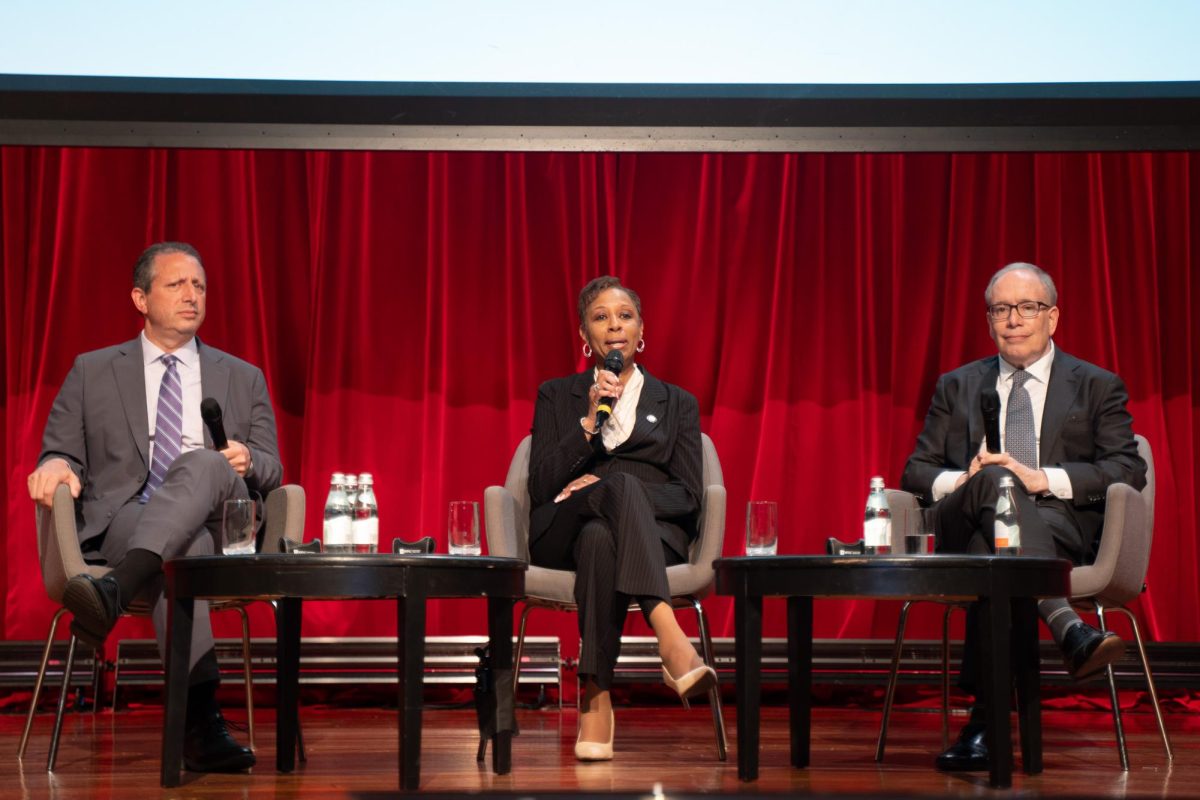










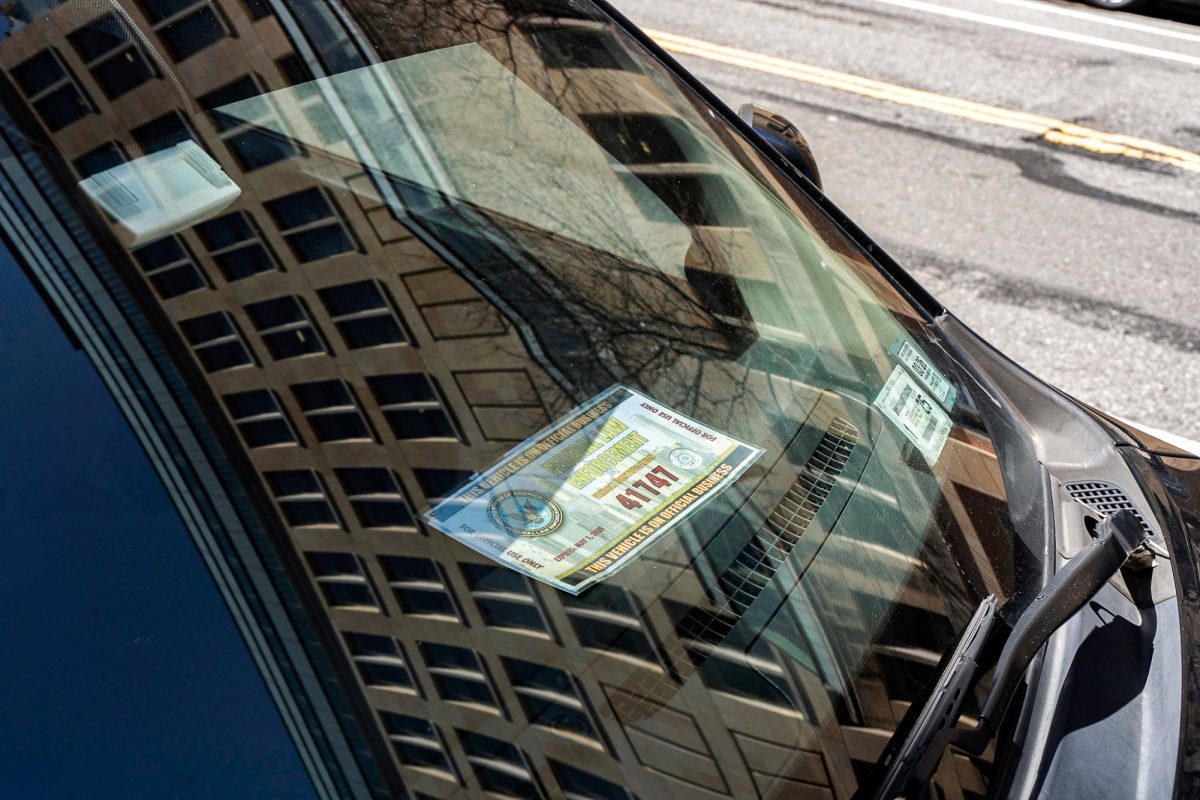
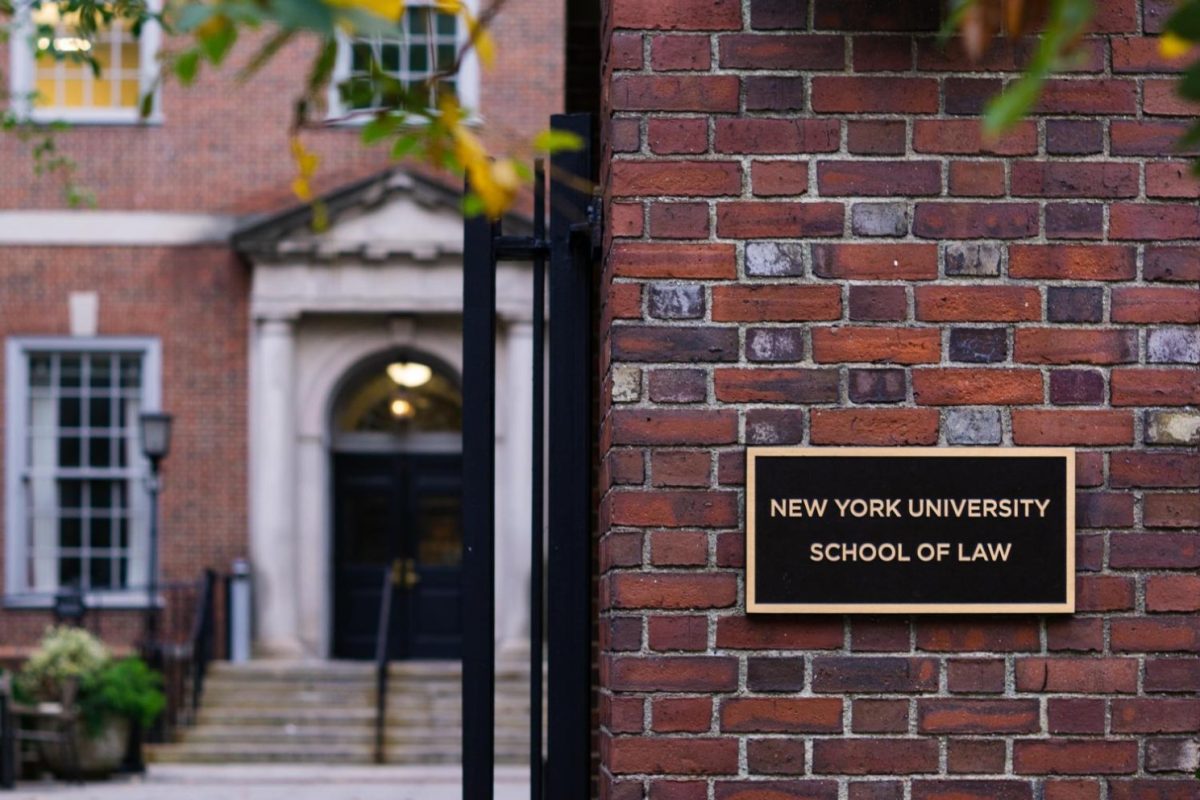





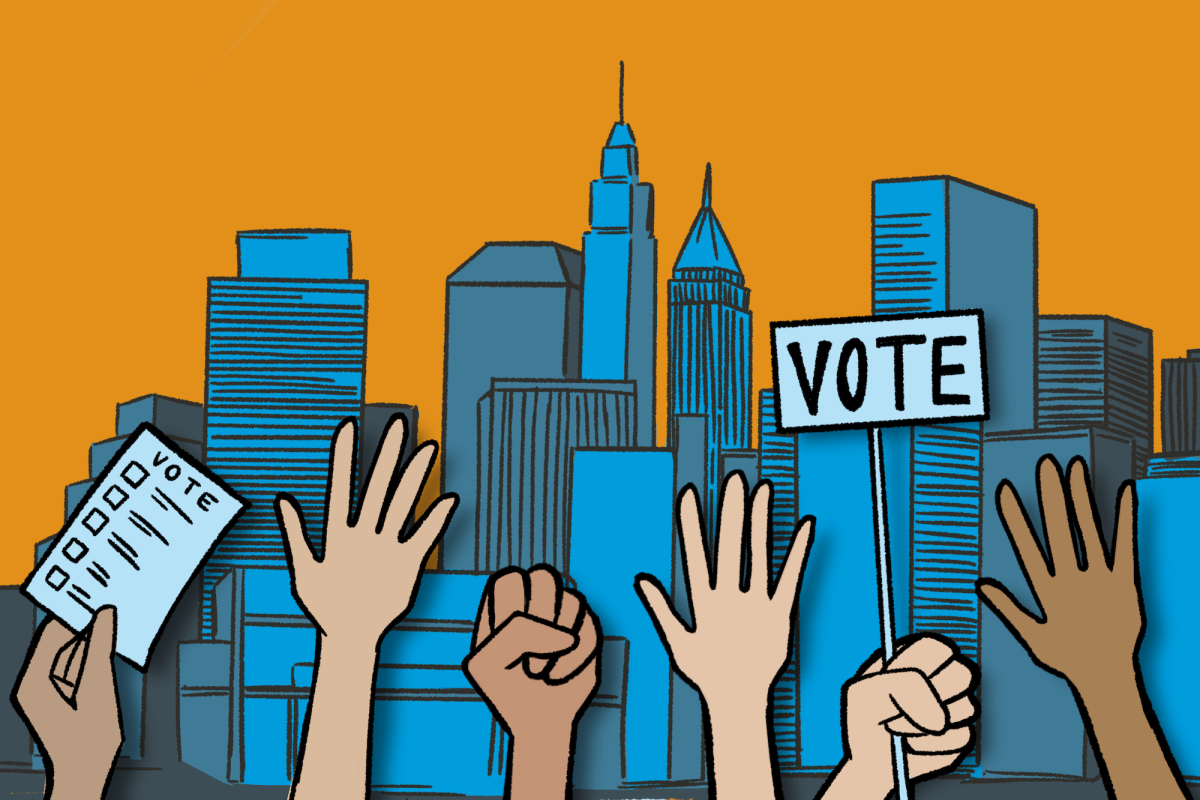





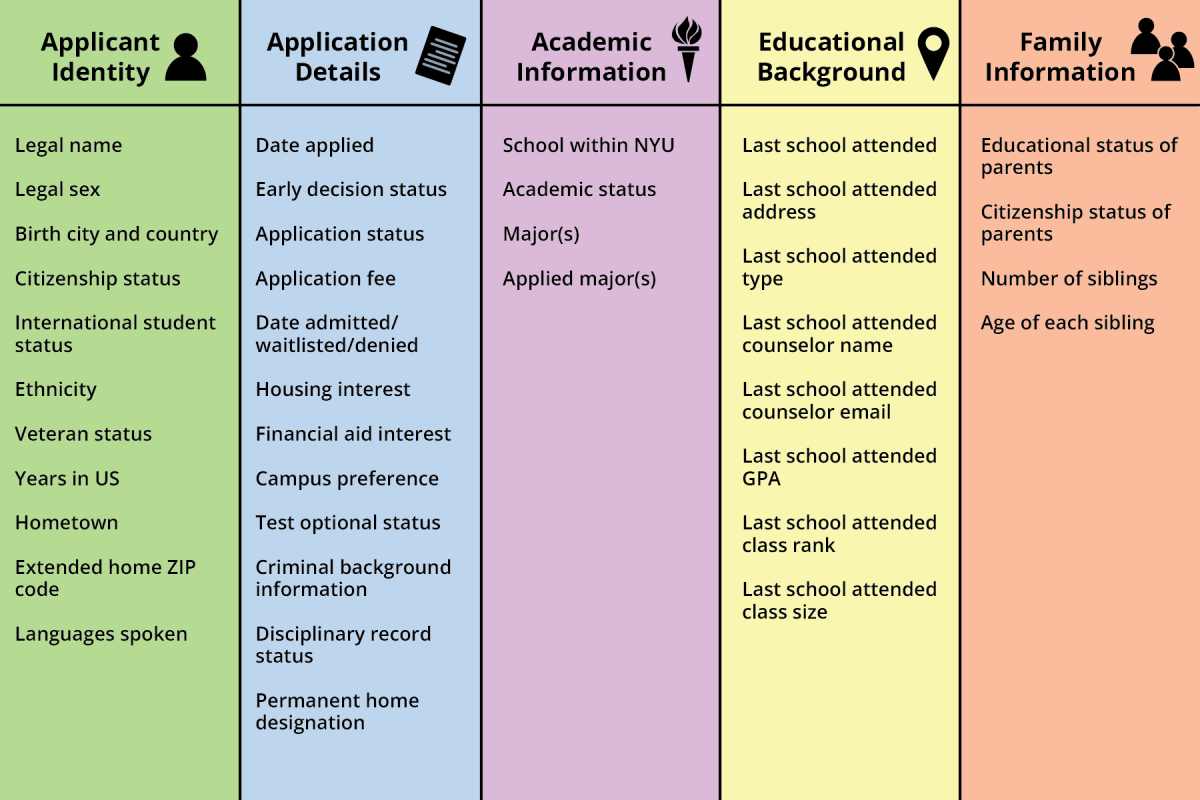



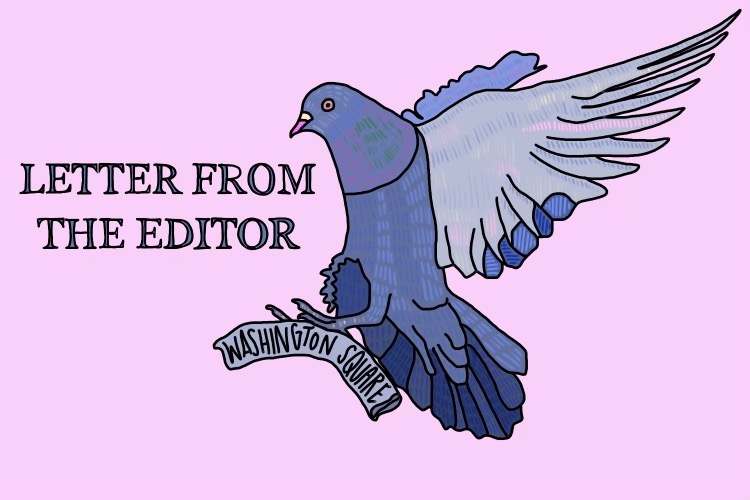



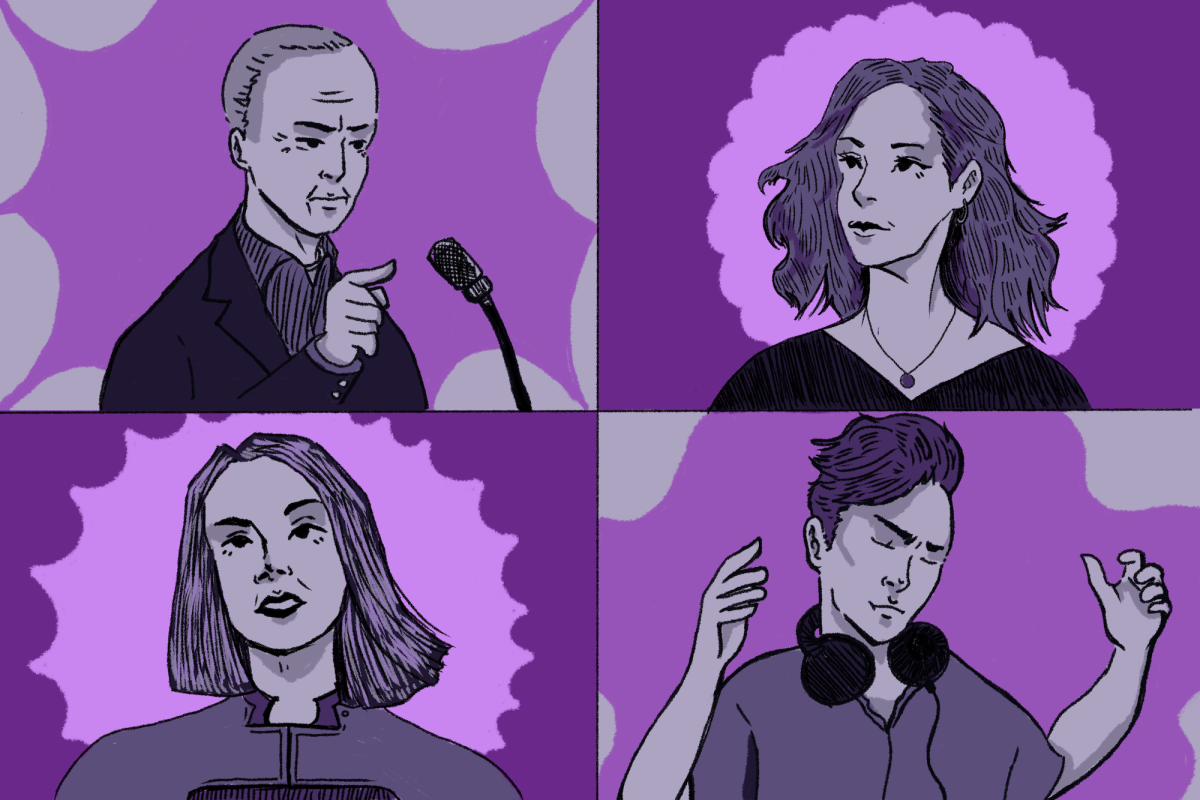

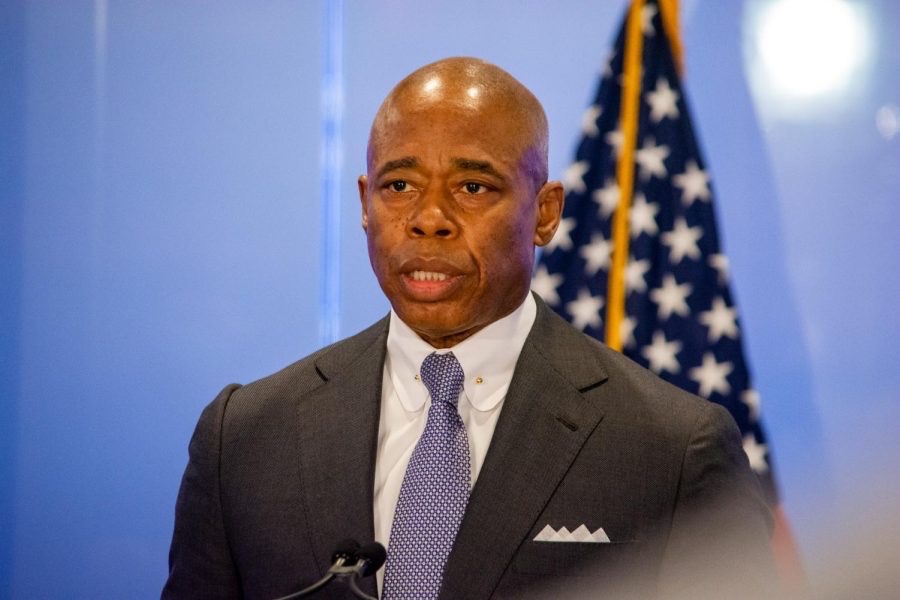
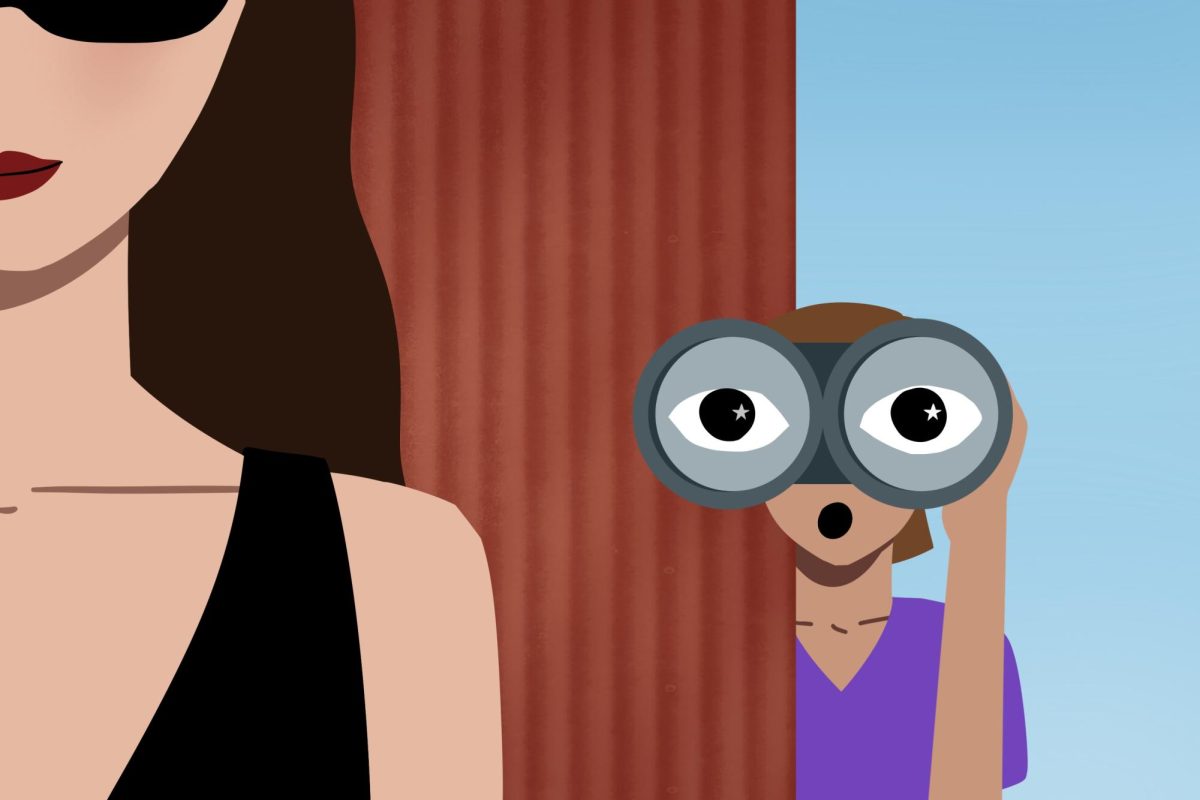




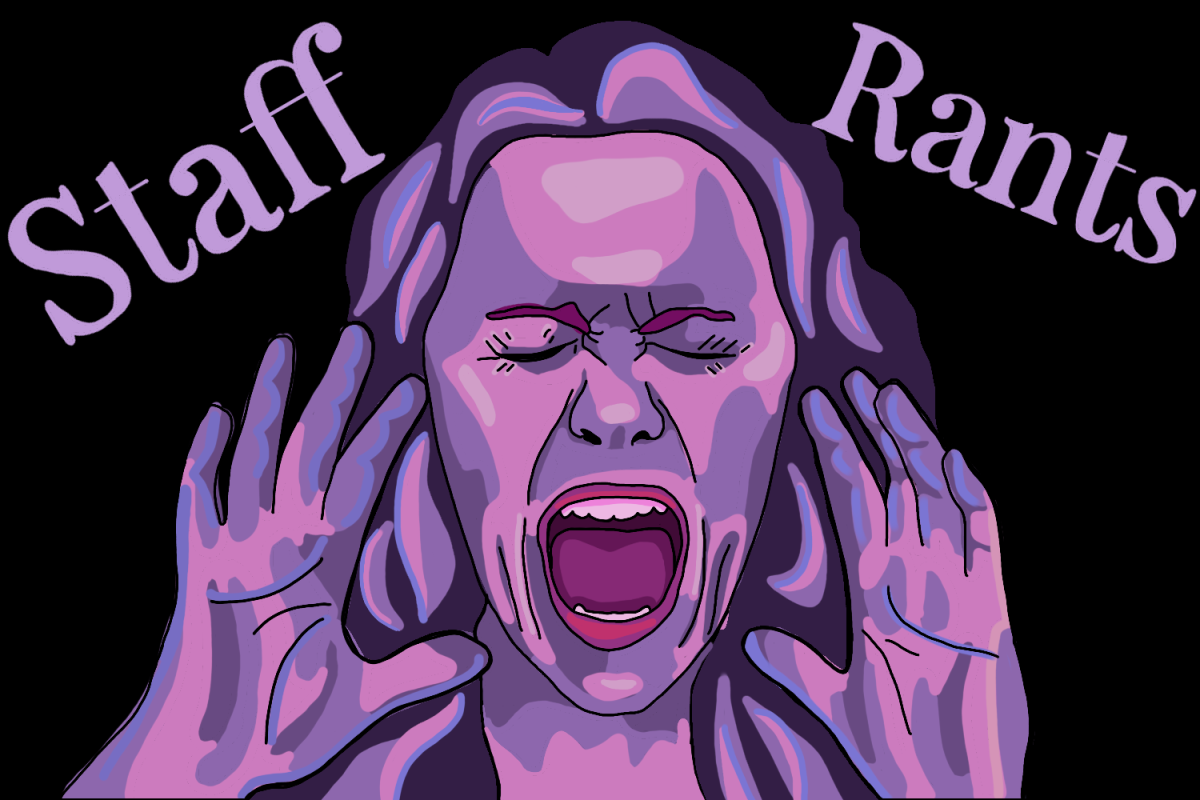


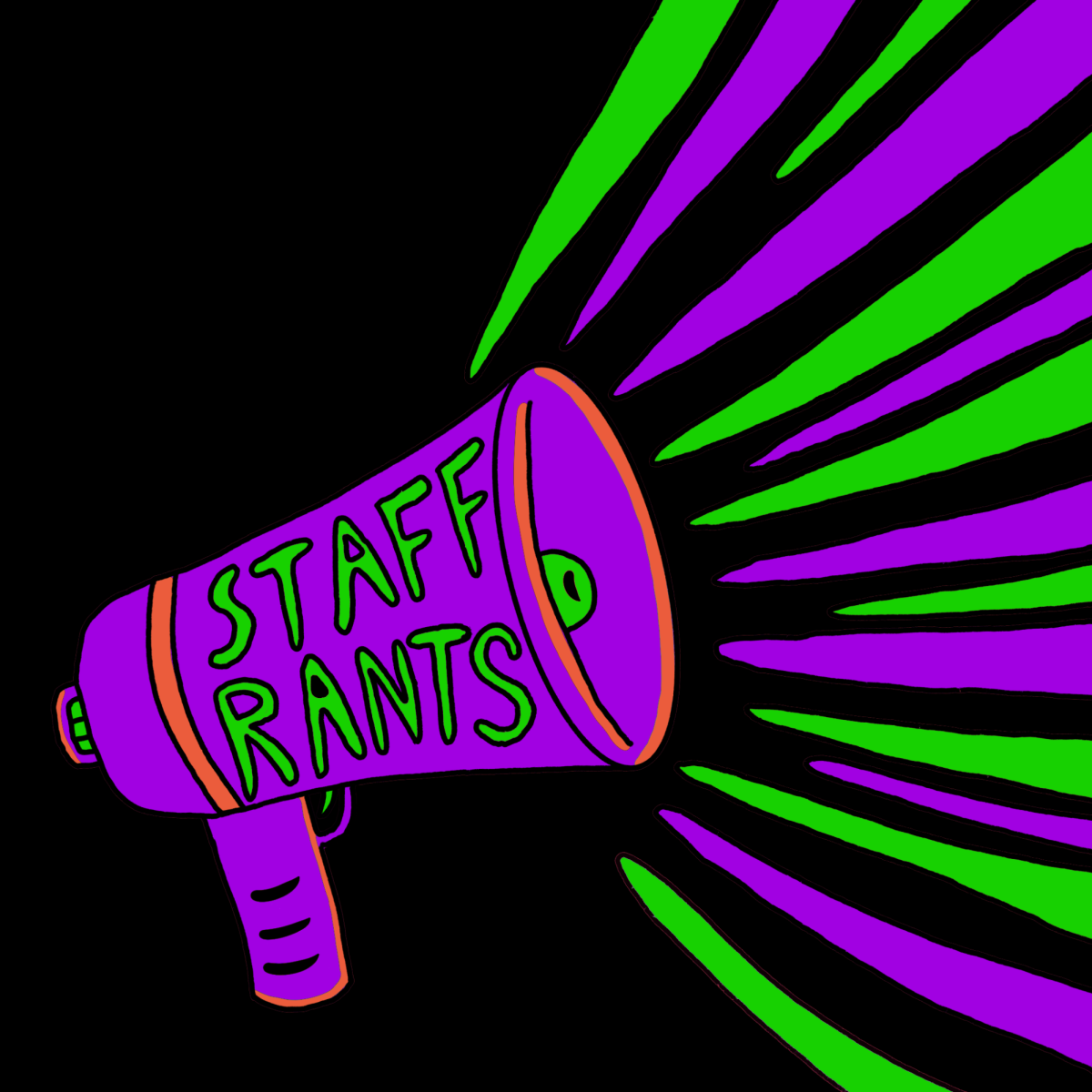


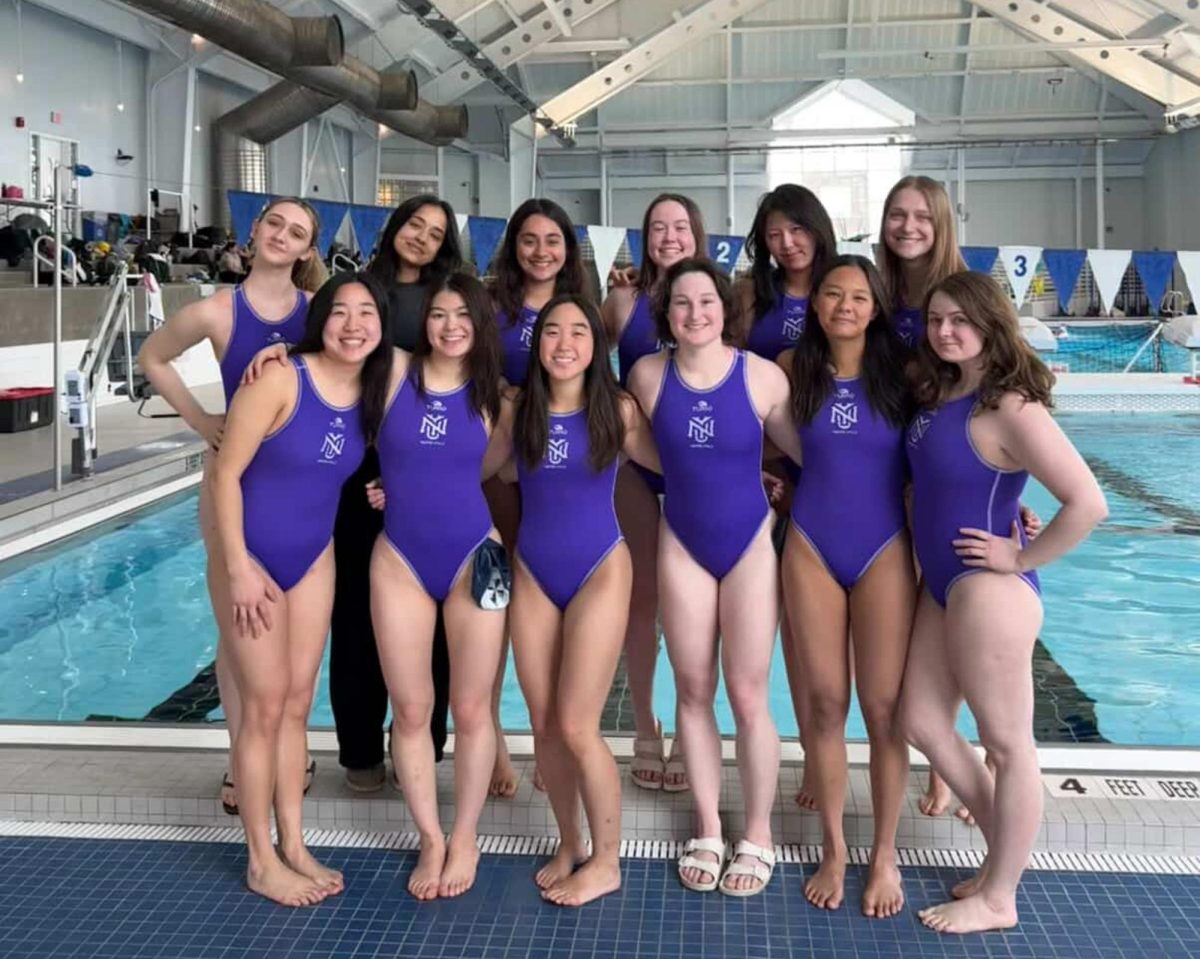












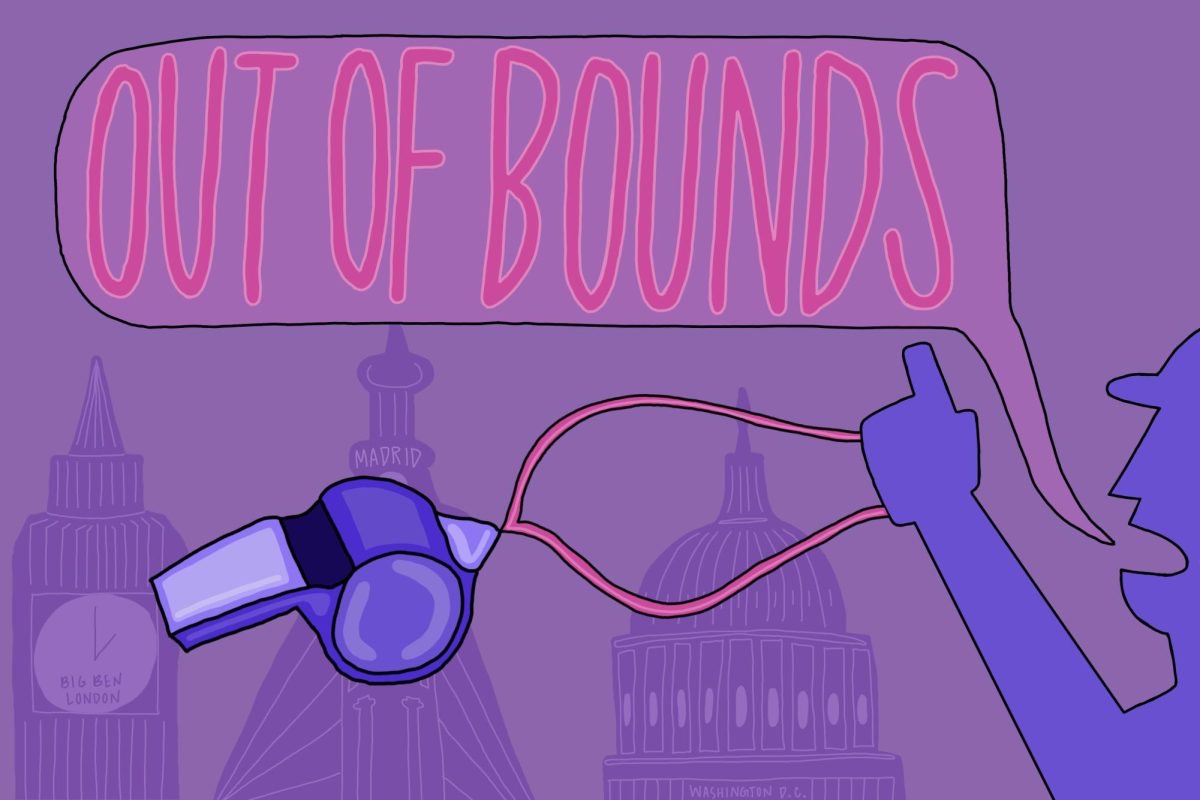
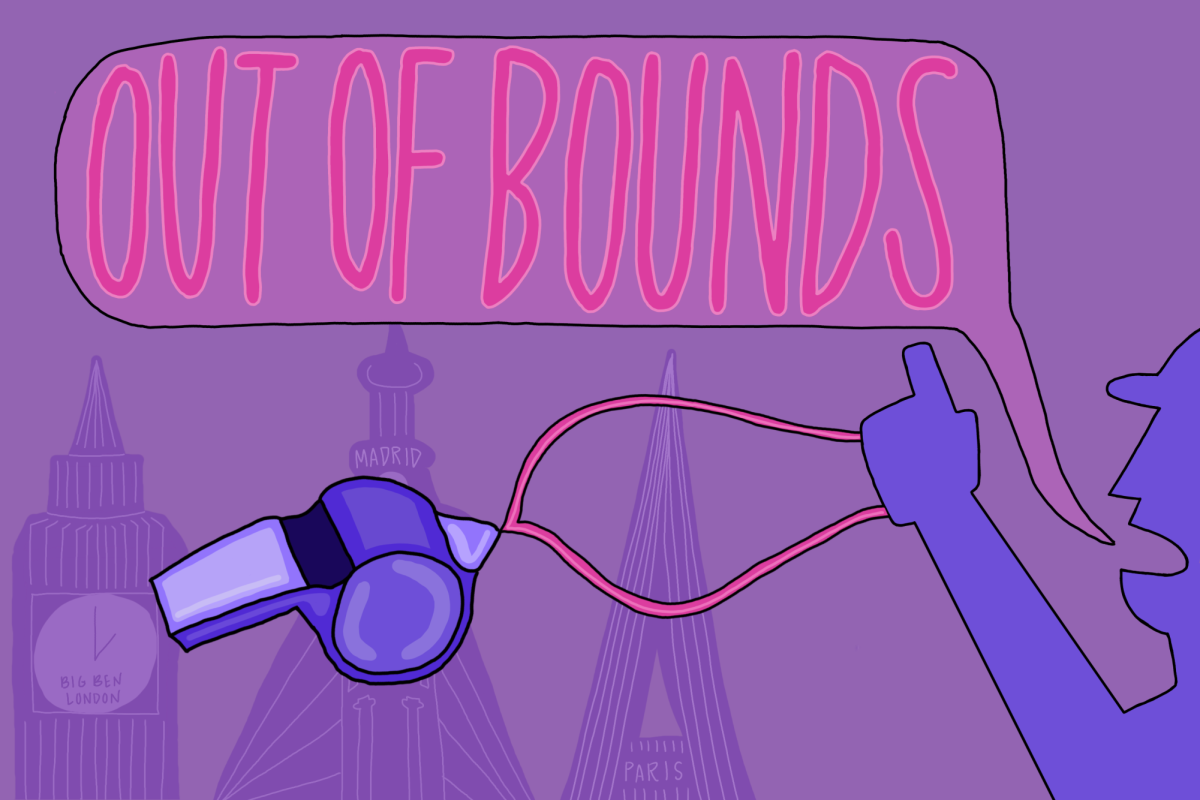
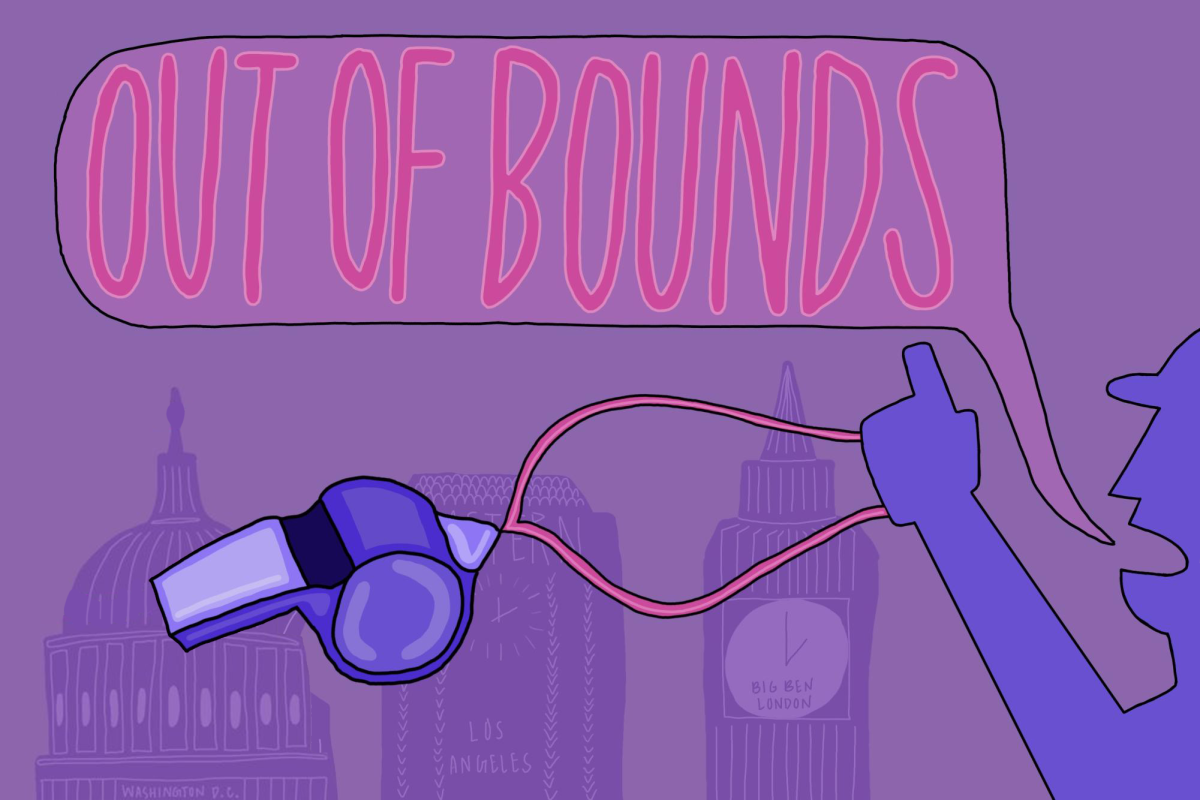
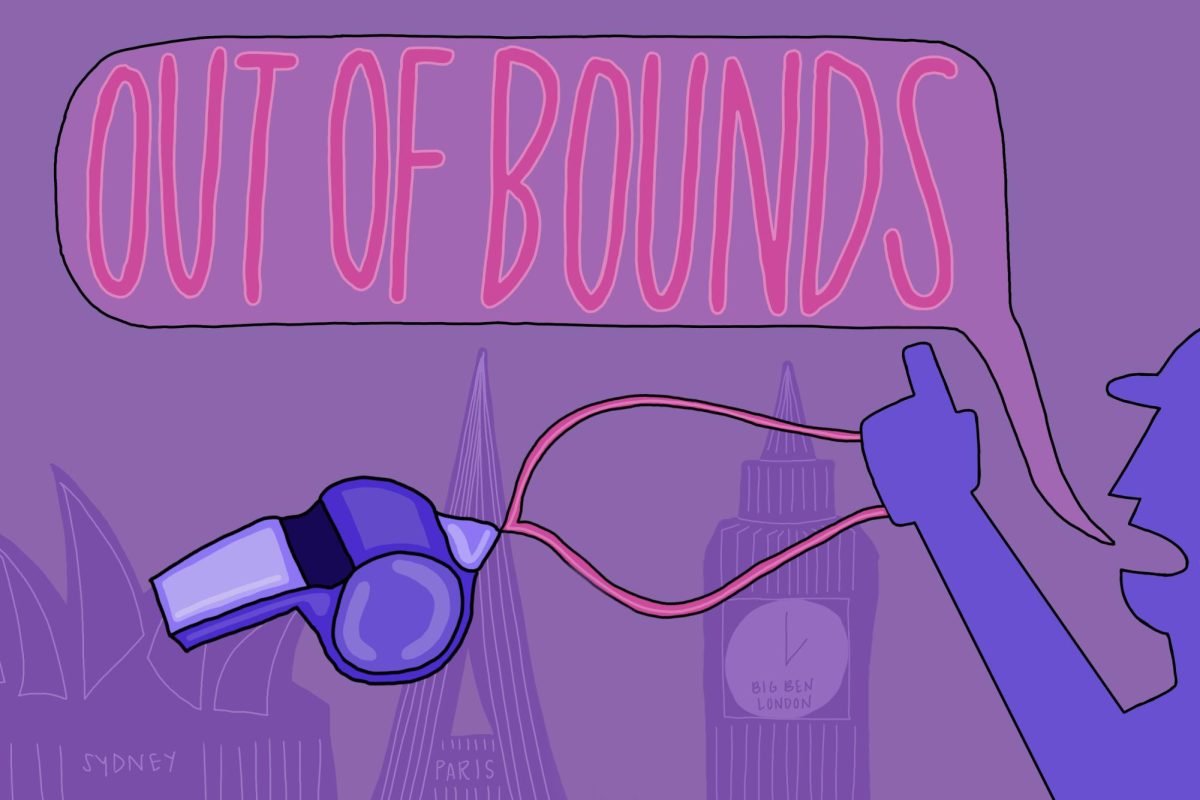


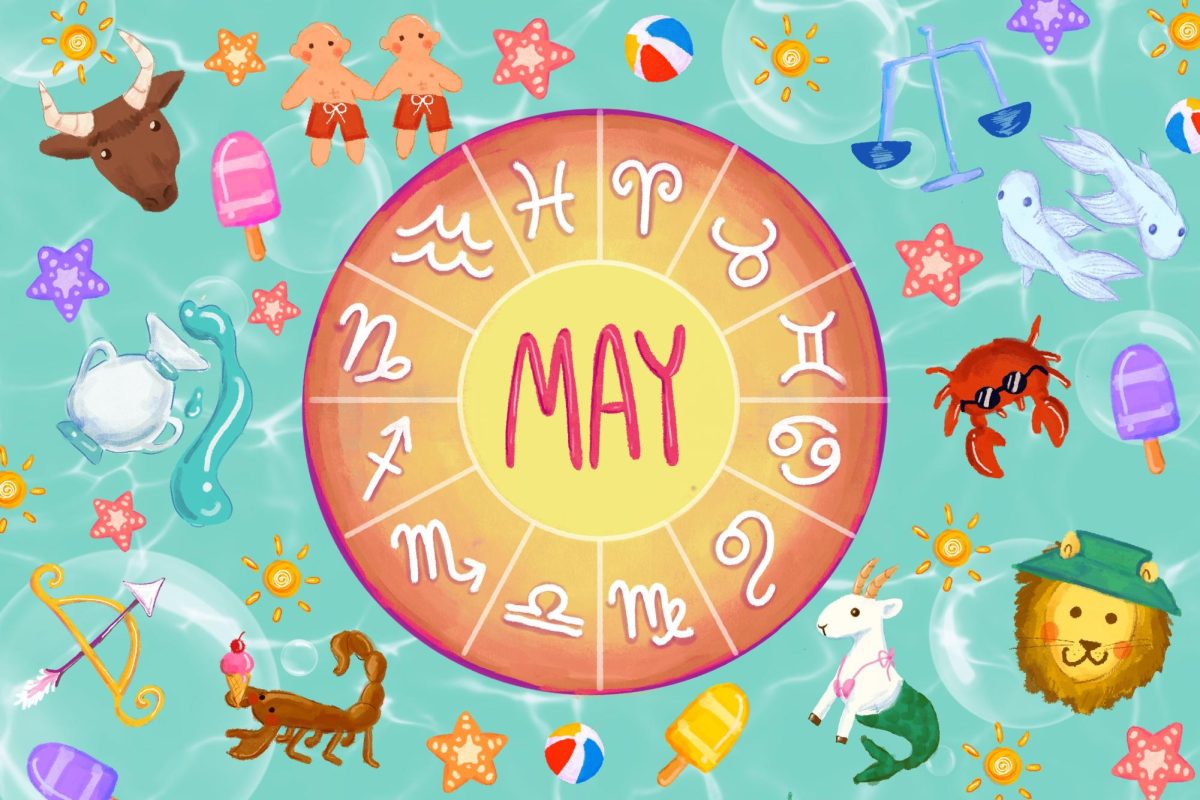
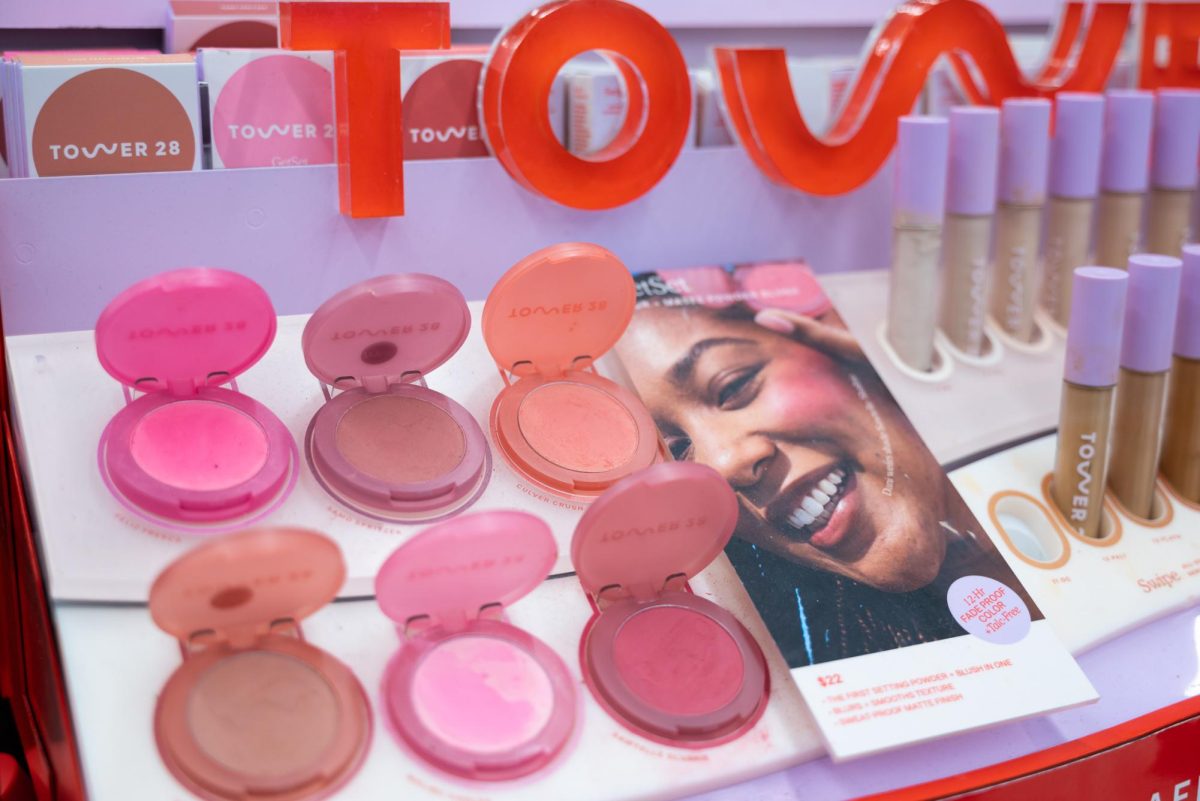





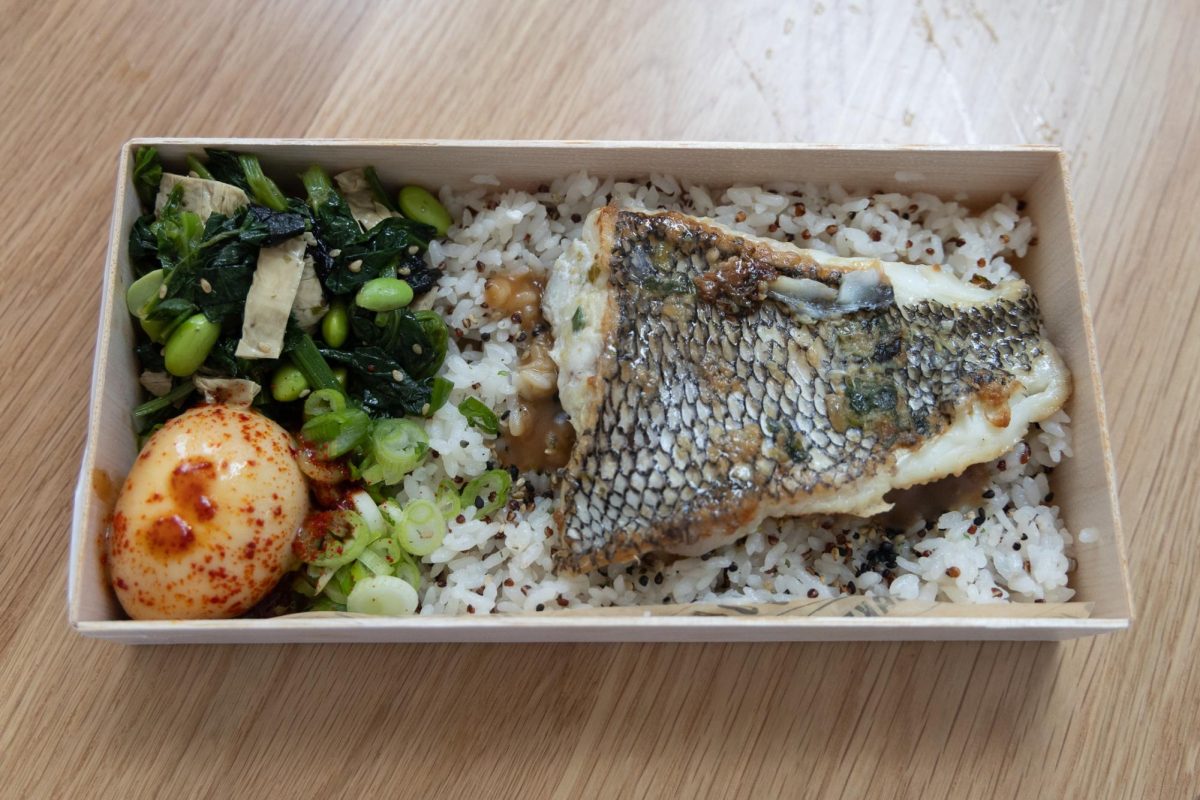

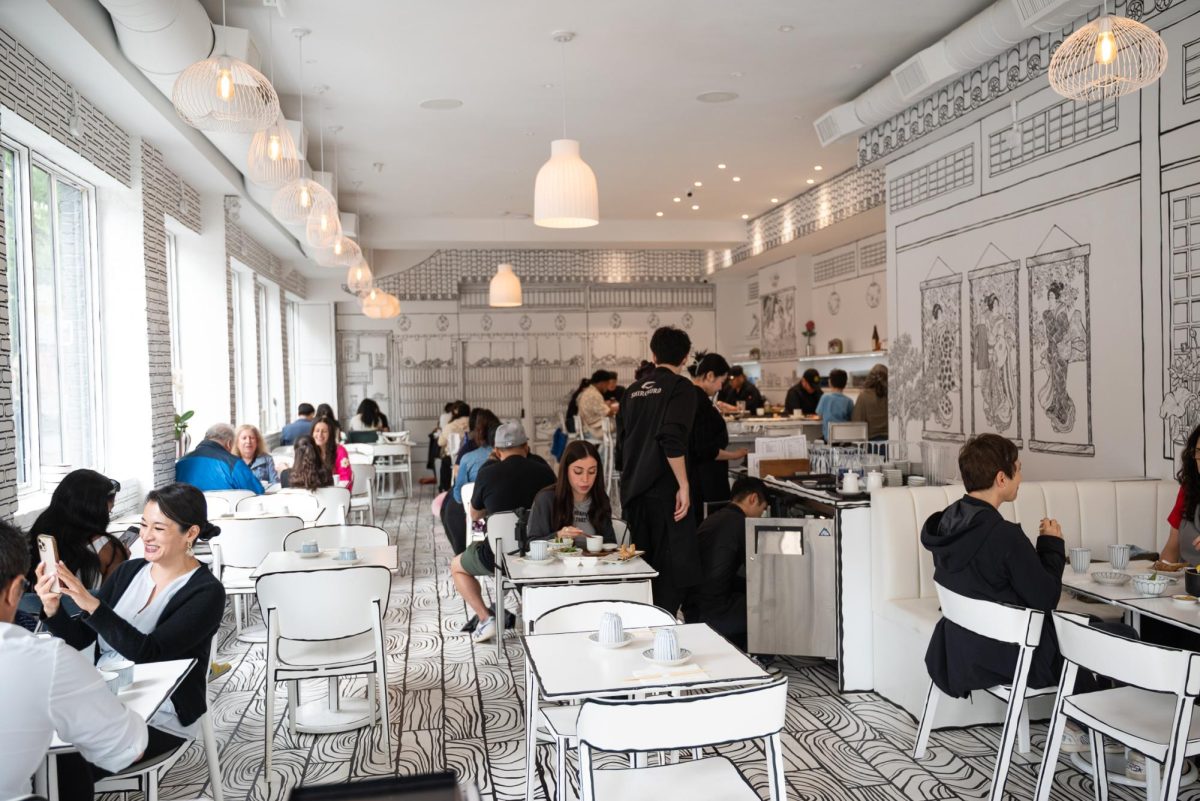
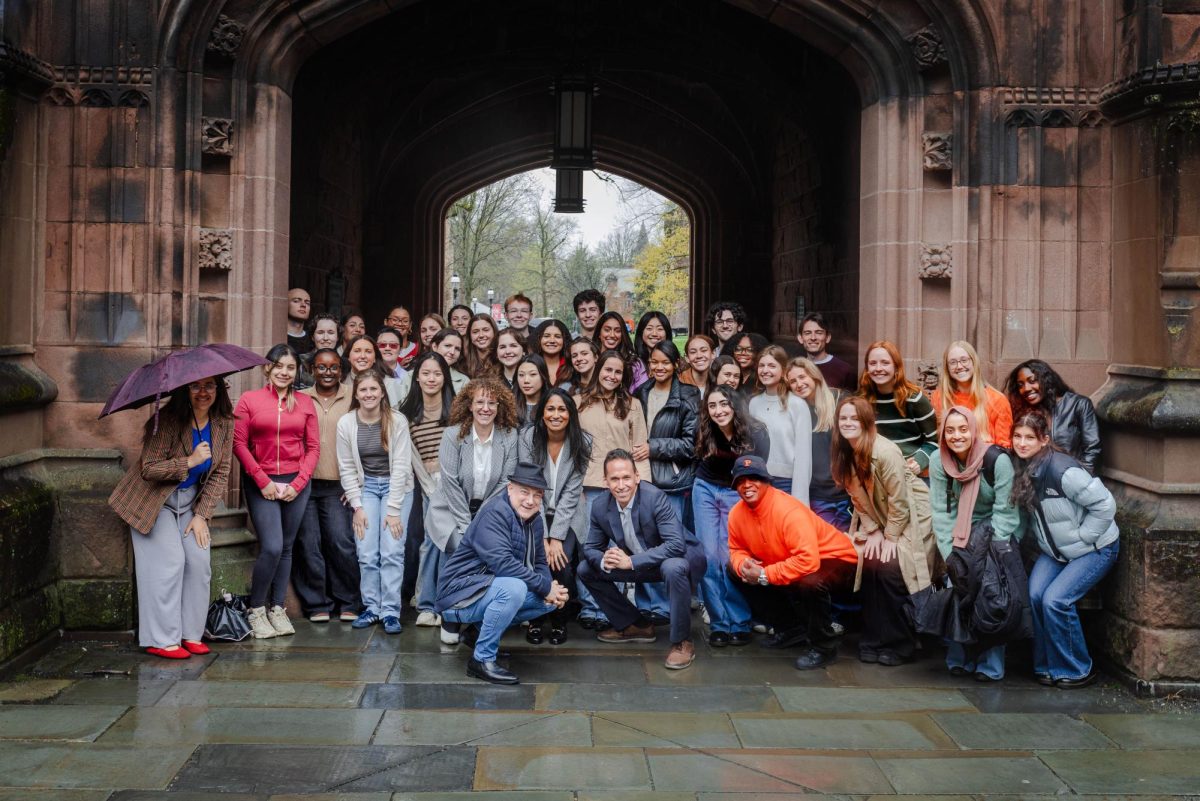

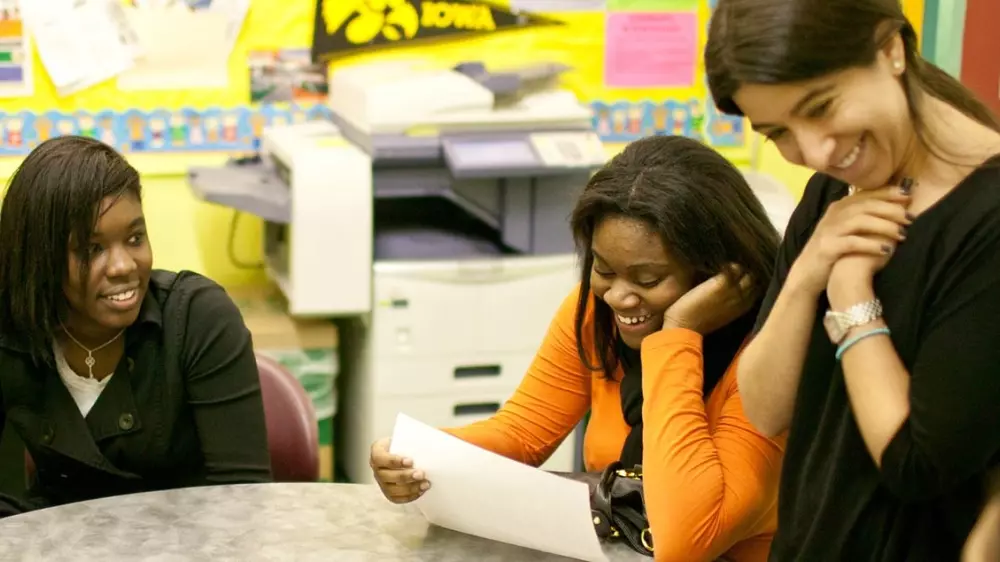
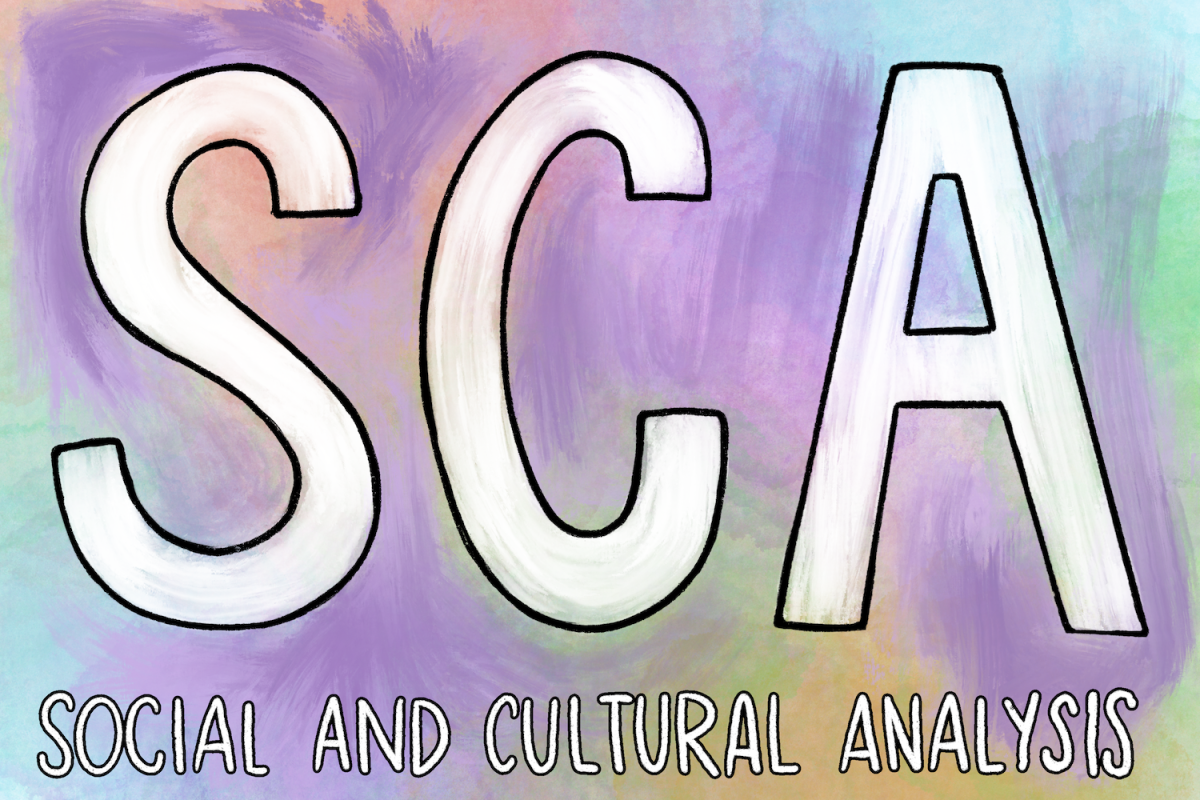
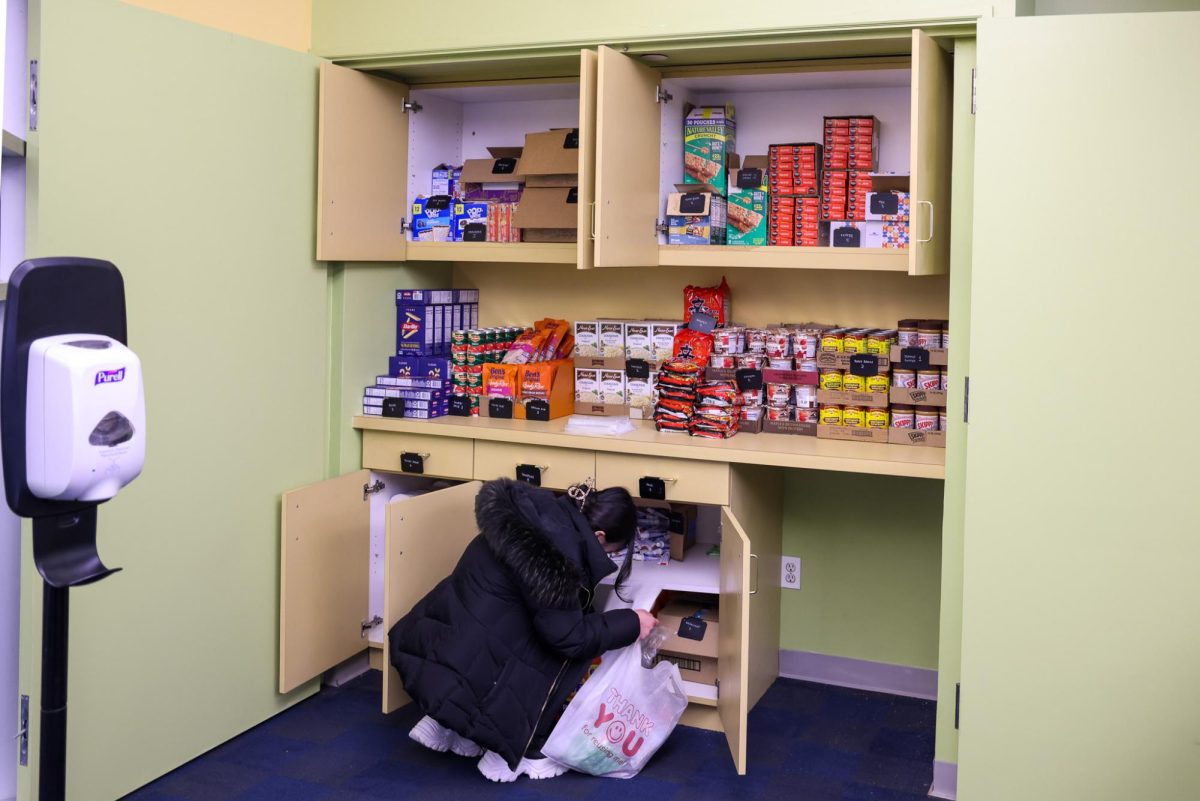

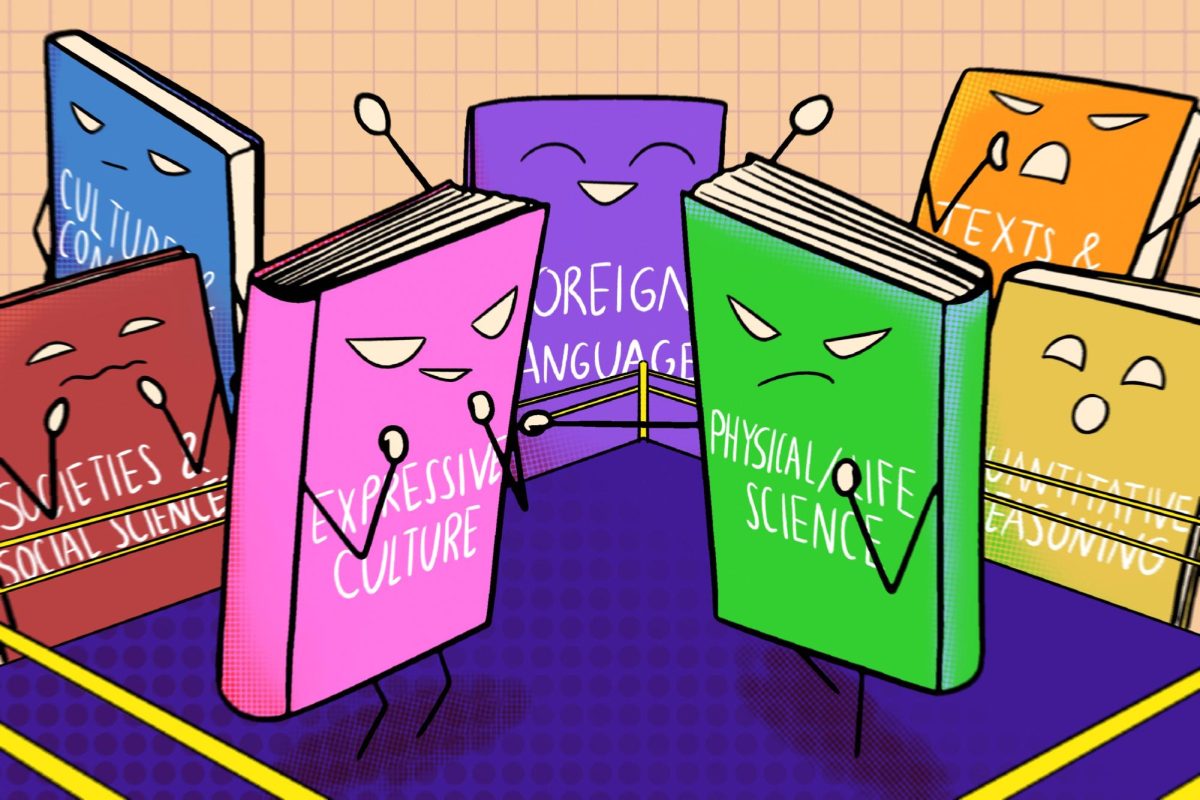

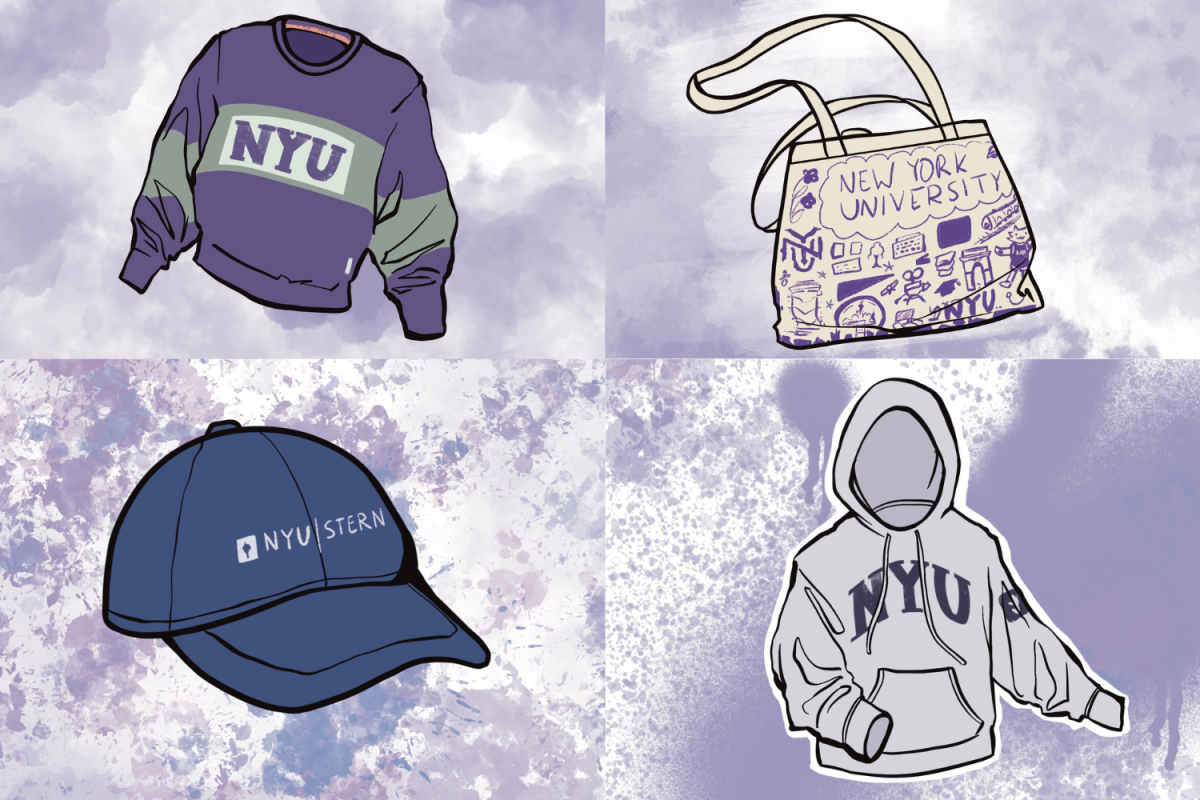














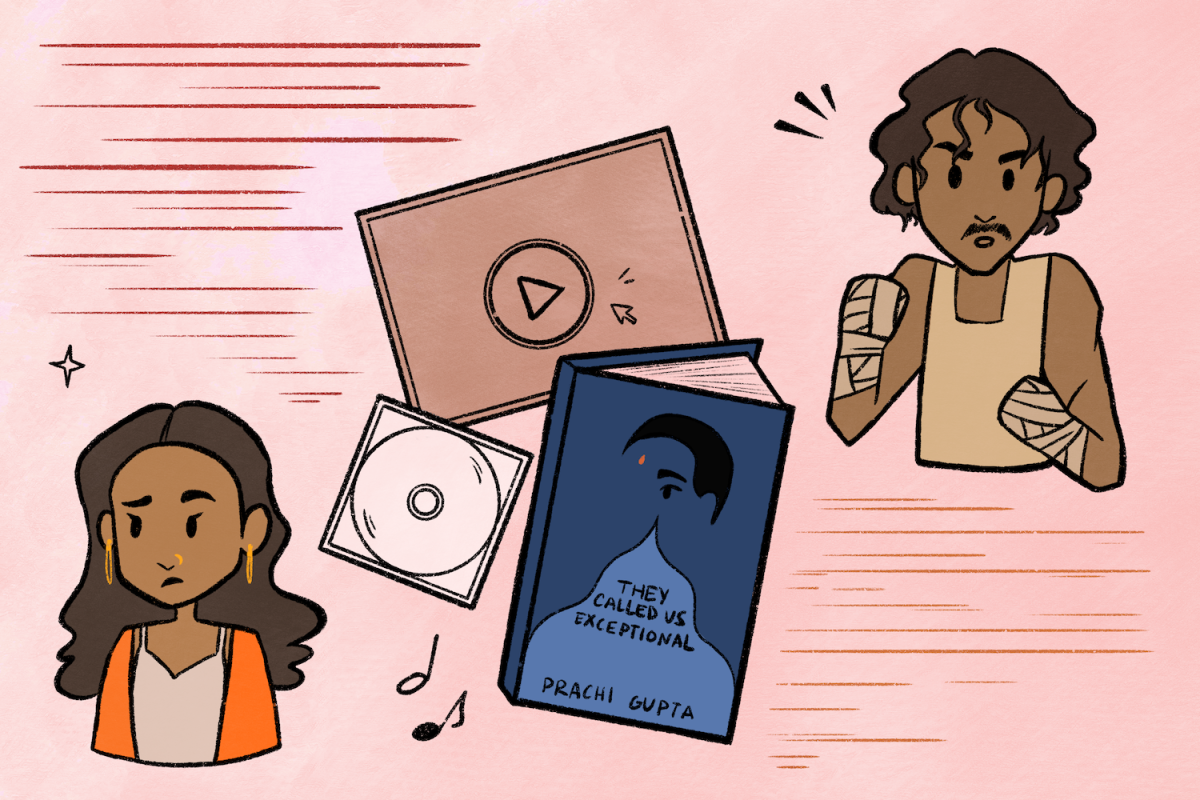
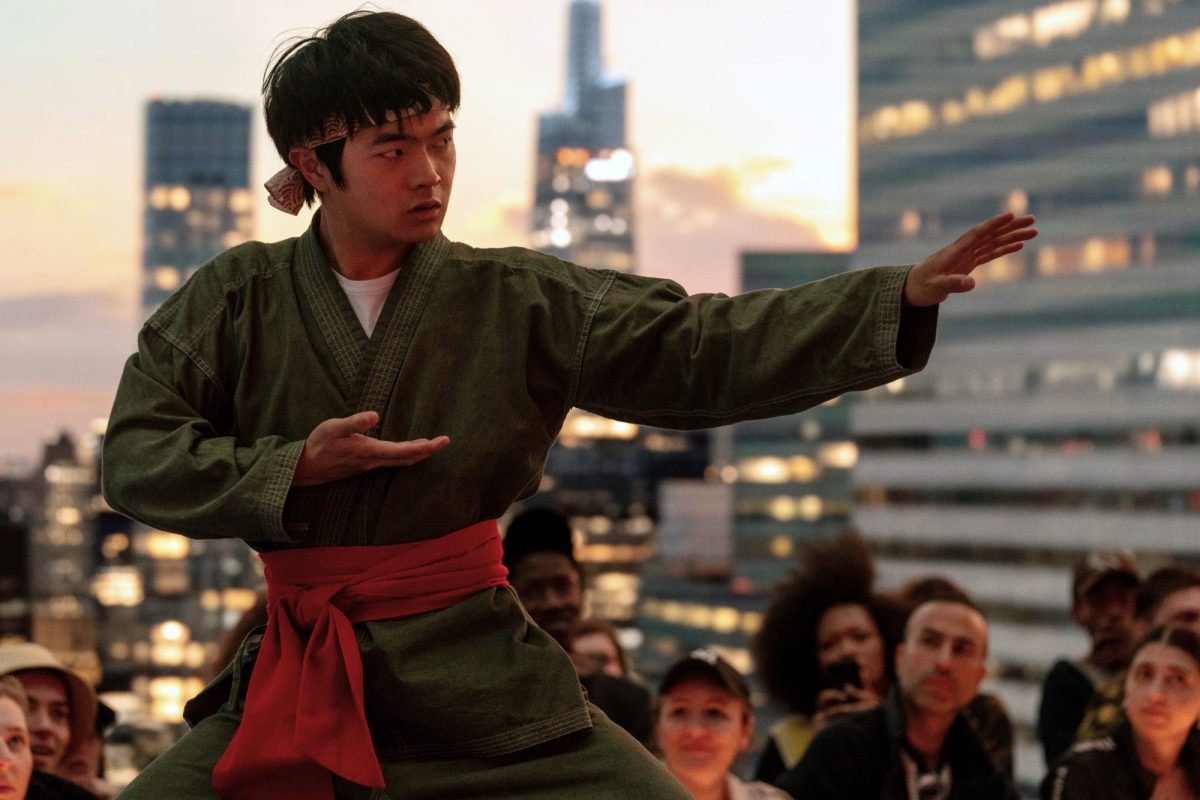











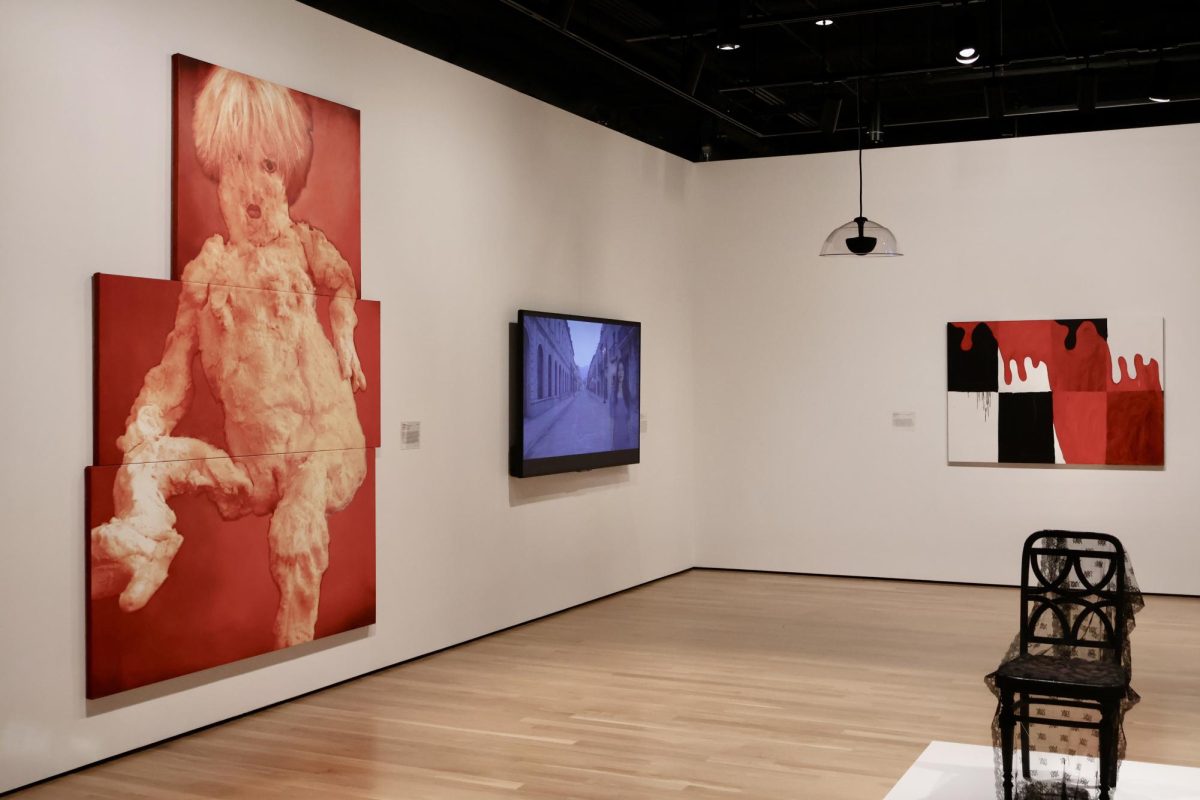



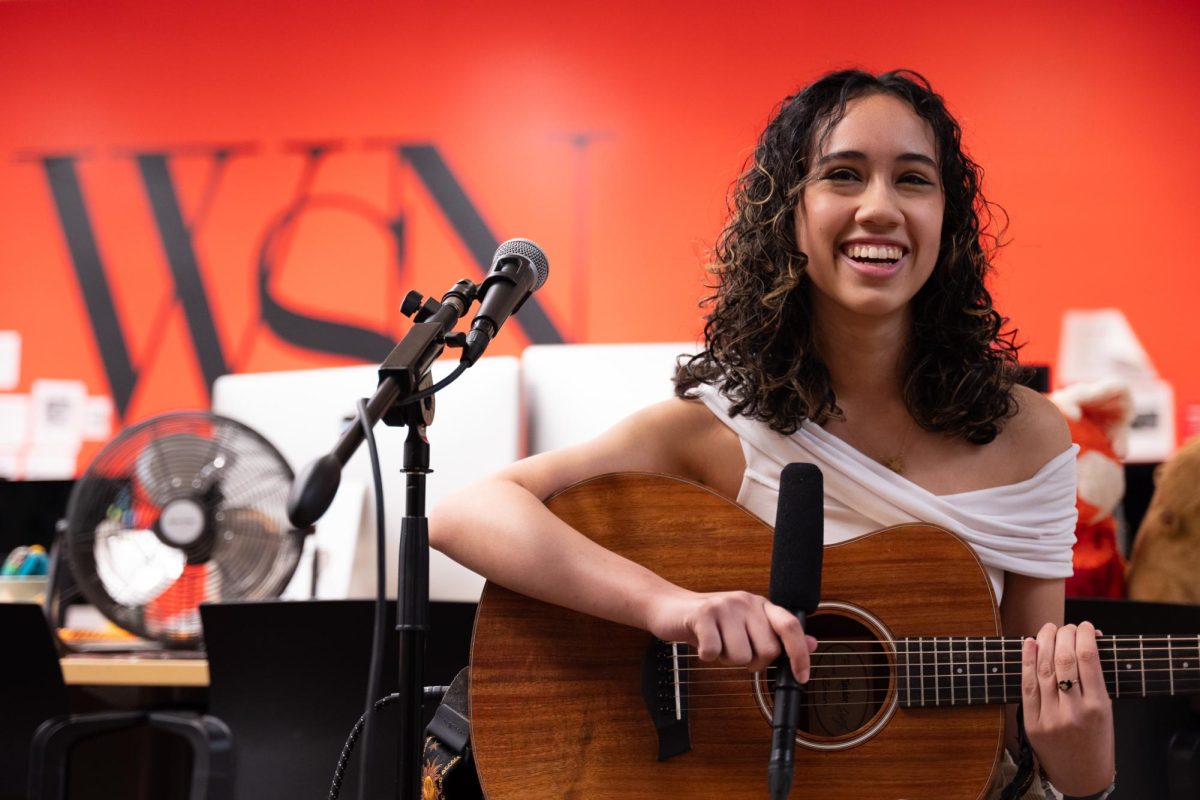




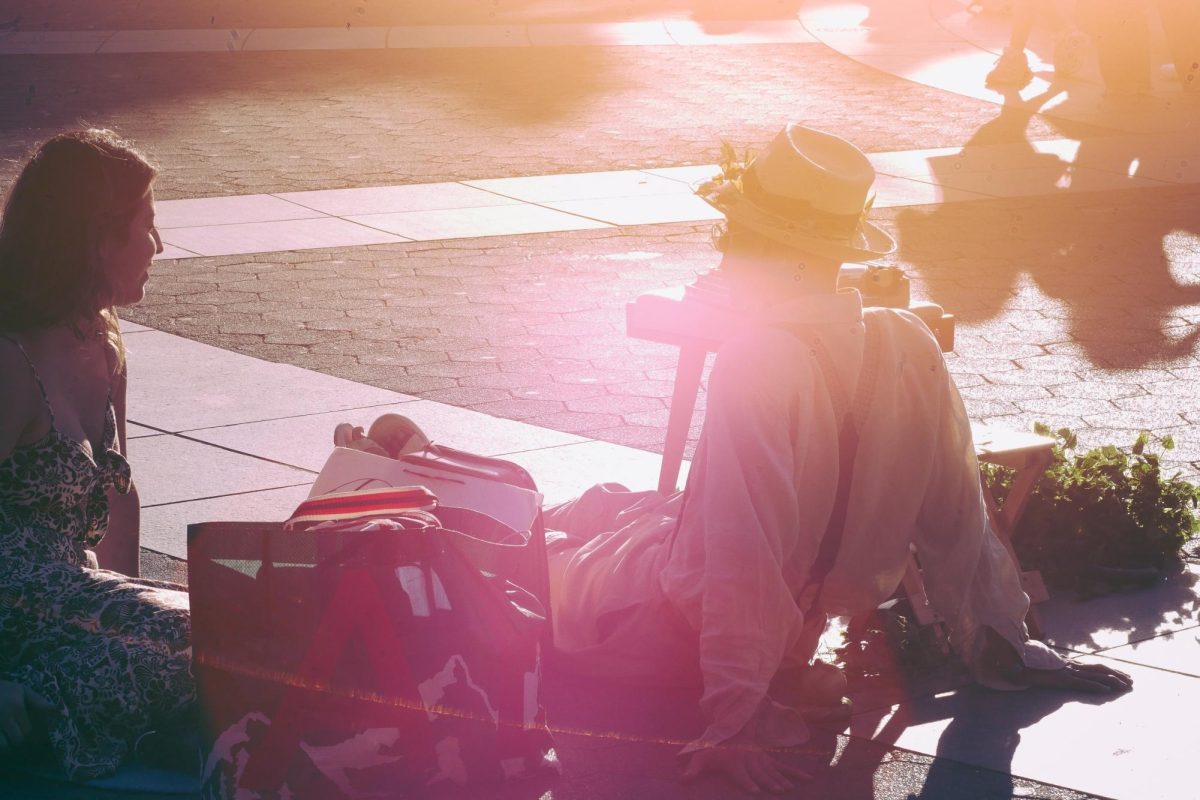

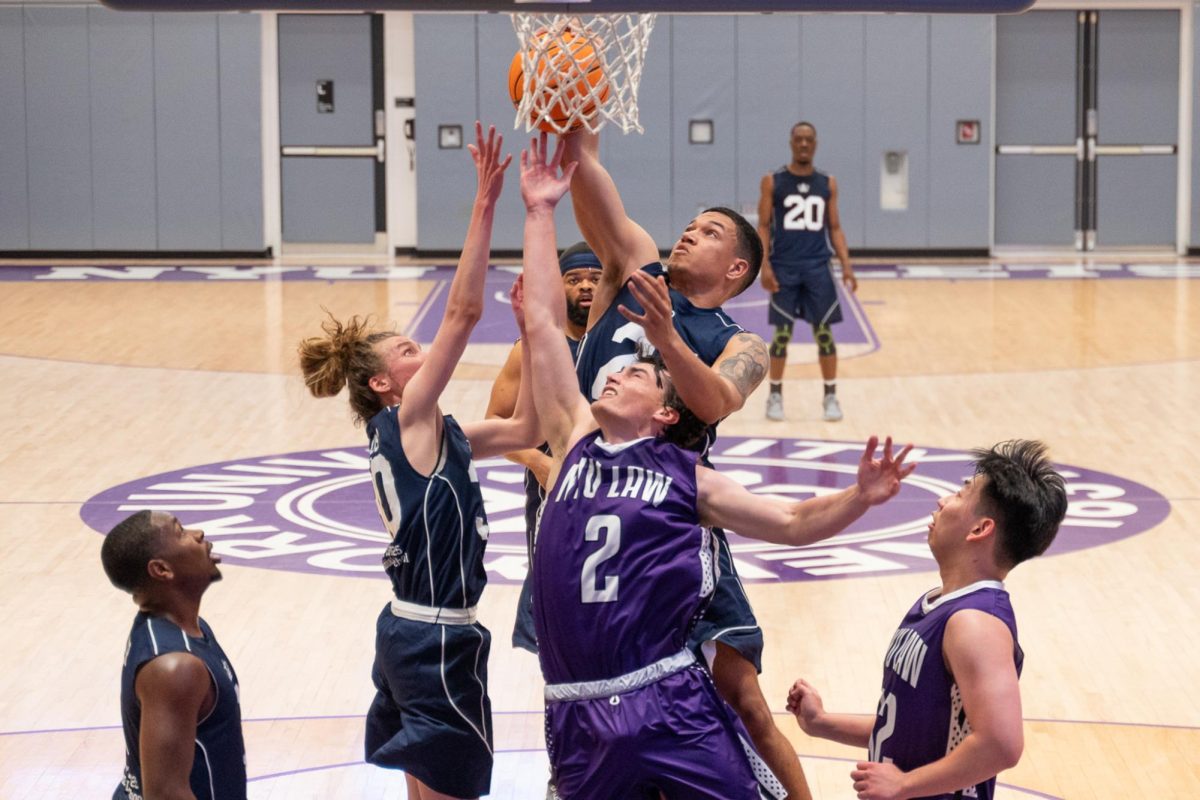
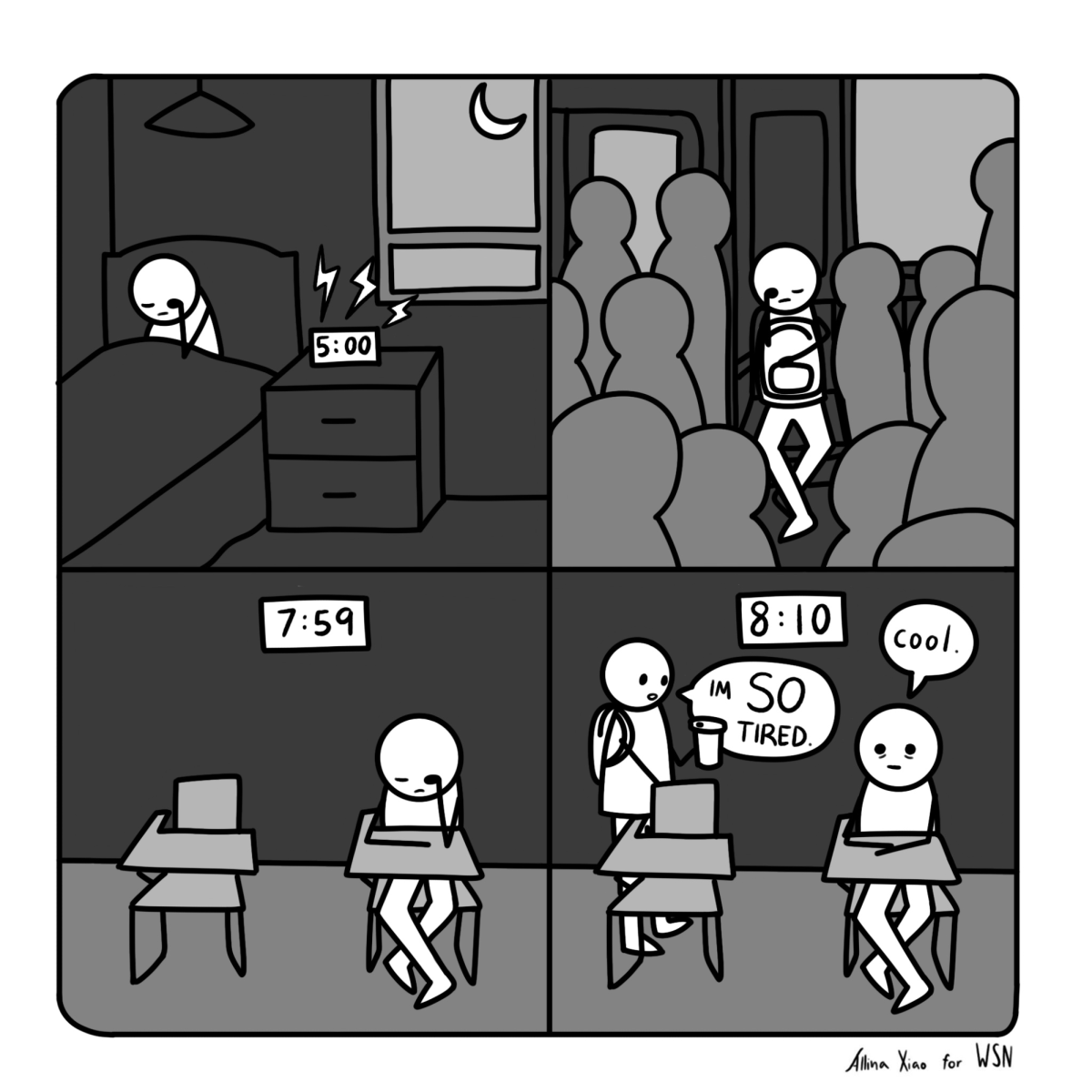

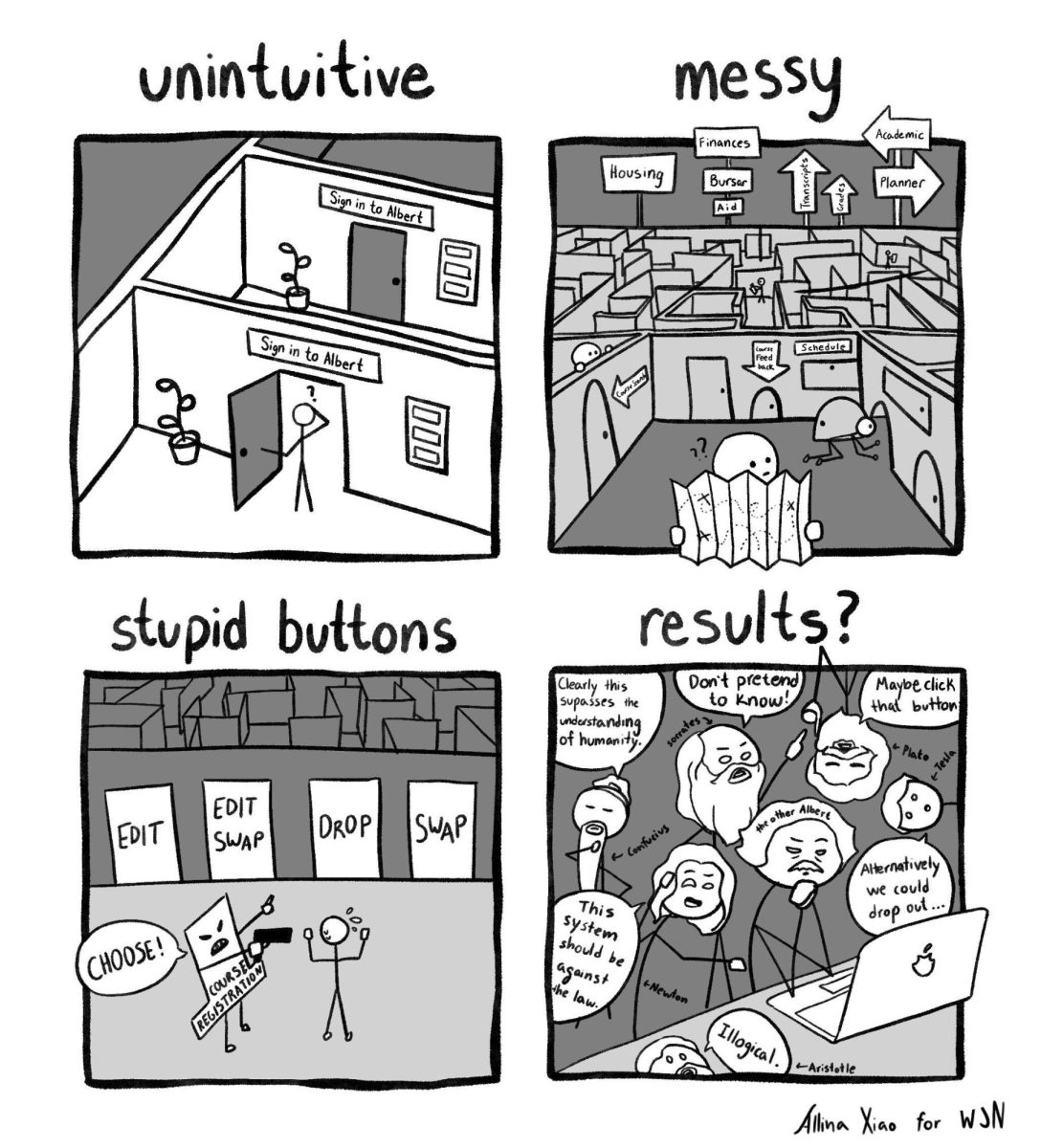
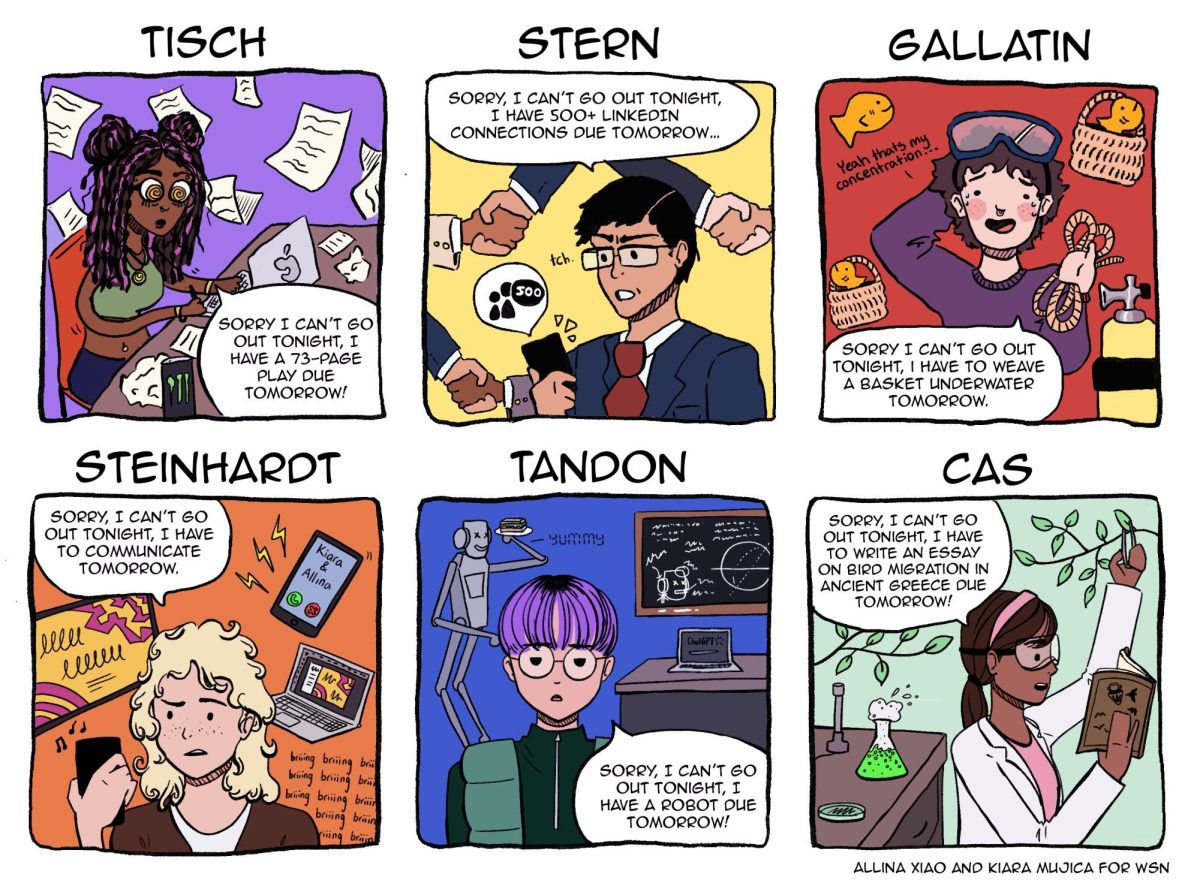







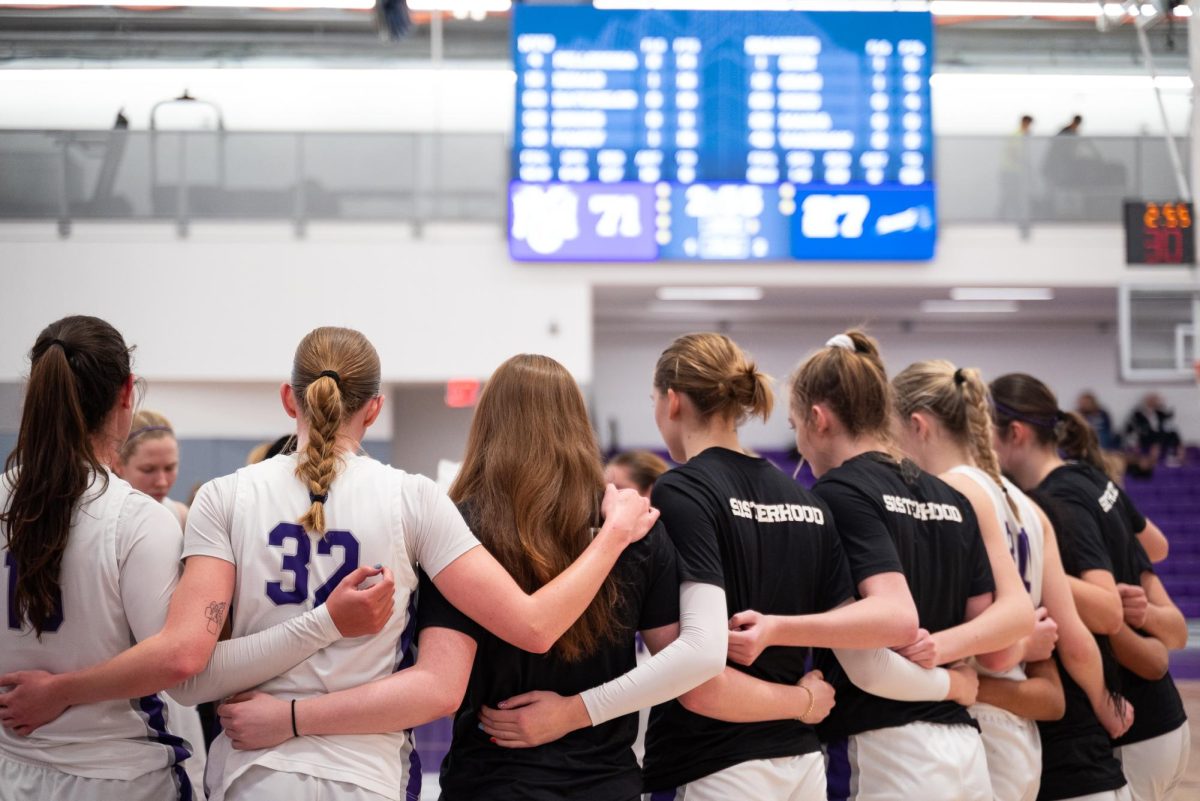







Jeffrey Bernstein • Apr 29, 2025 at 10:16 am
I absolutely love this story. Let me repeat… I absolutely love this story. I can only hope that some young people will read this and make a similar change in their life. I know it is worth it, and I believe you have pointed that out as well. Congratulations on making such a wise decision…